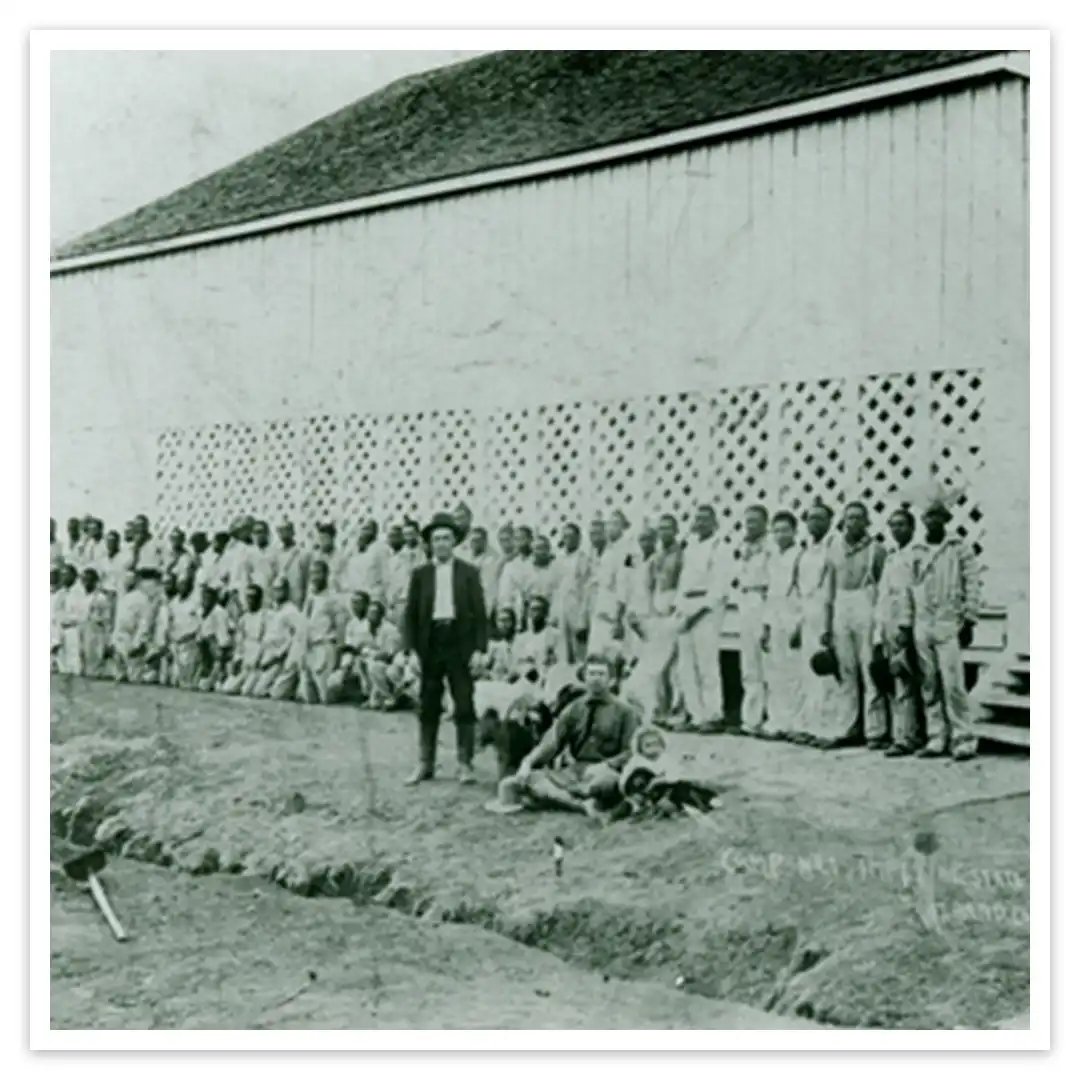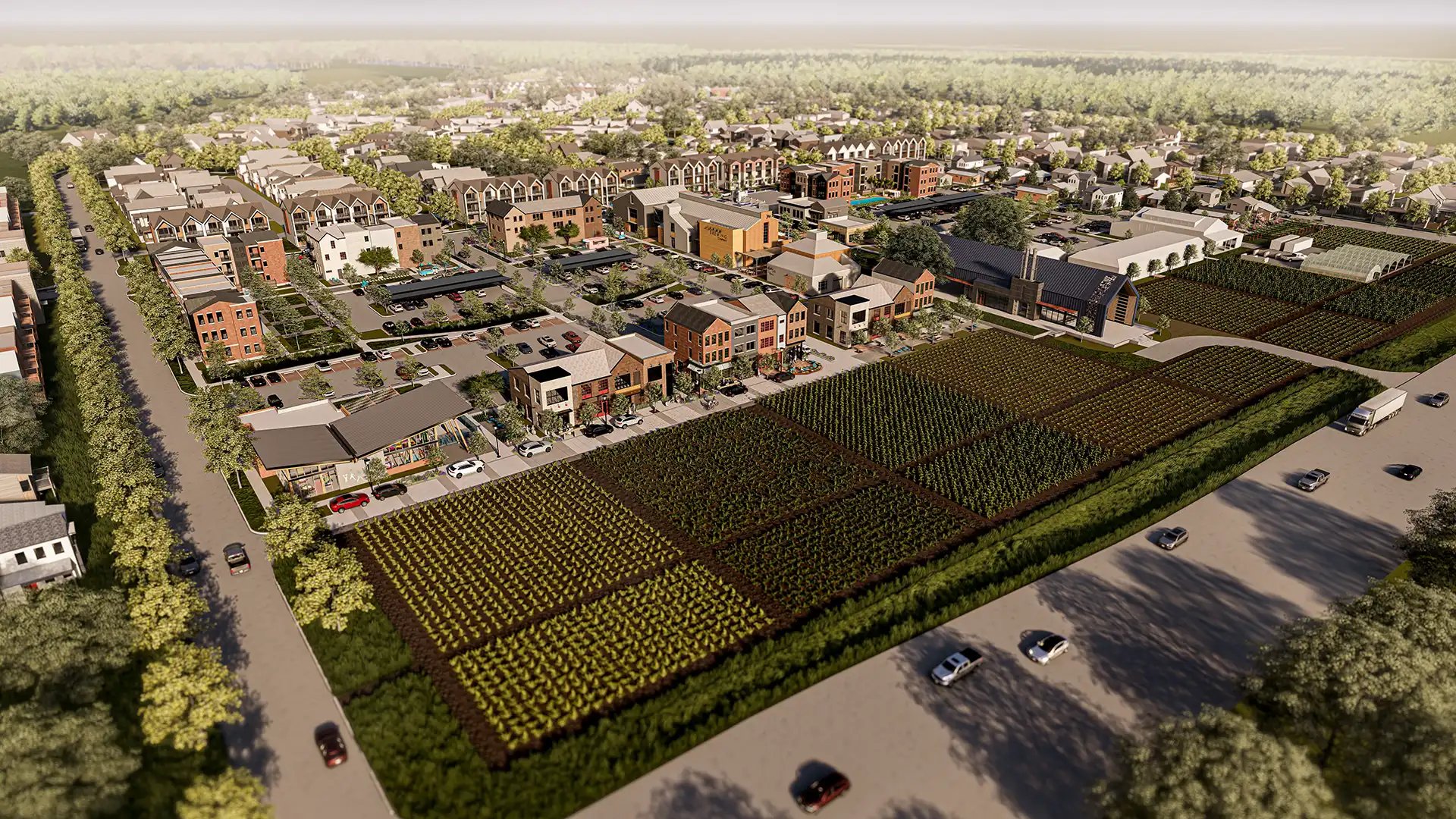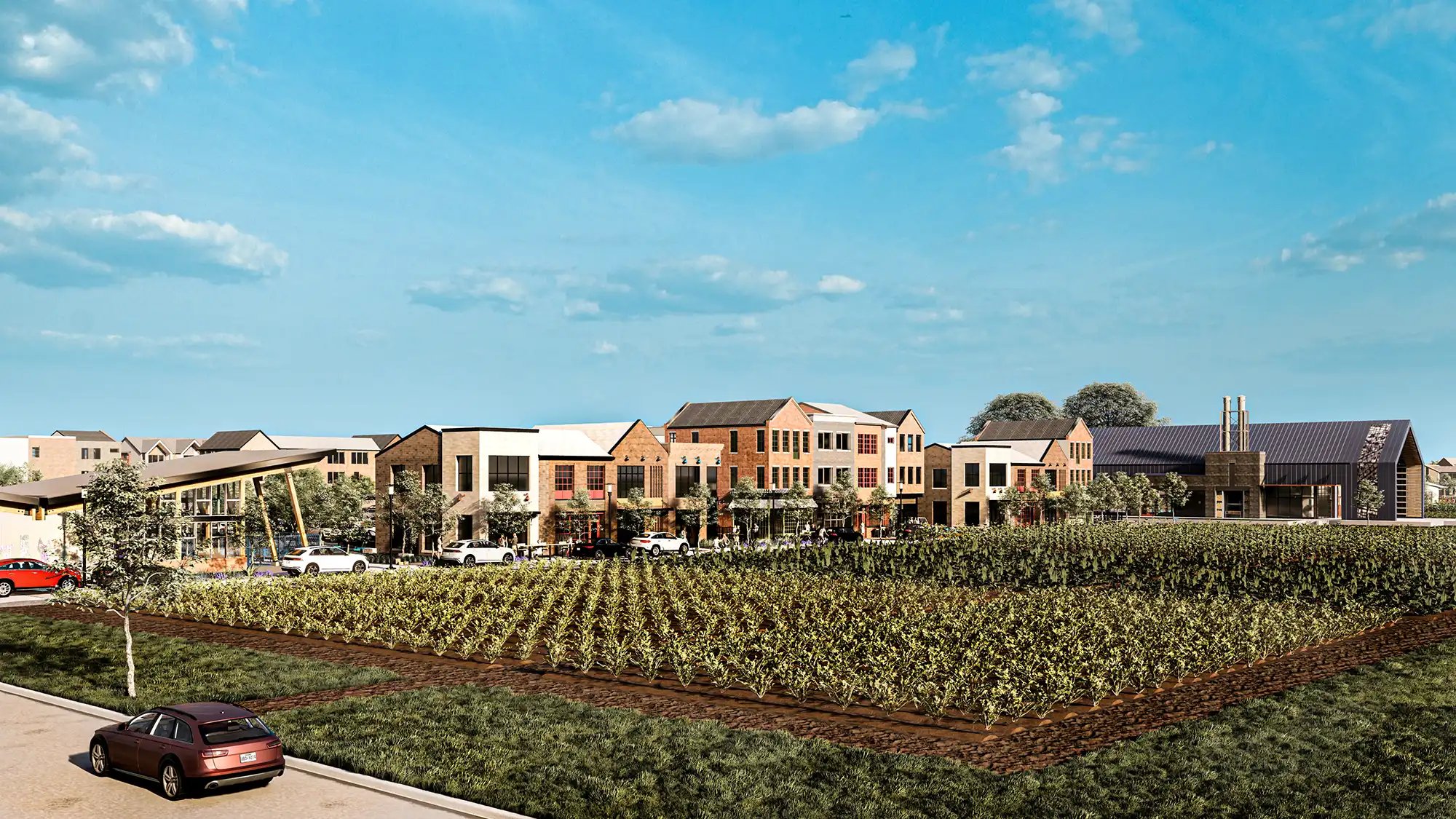History of Indigo
Fort Bend County has always been abundant with culture. Due to the area’s vast array of natural resources, the land Meristem Communities chose for its full bellied style of living for the Indigo community has historically been in high demand. Settled first by Indigenous peoples, the land was once owned by an Old Three Hundred original, the first Fort Bend County judge, the State of Texas, and a variety of fascinating characters in between. The land and its natural systems are incredible resources that ought to be well stewarded. With thoughtful and holistic planning, these resources can be protected and even regenerated.
A very special thank you to the Fort Bend Museum, especially Erika Isham, Education and Engagement Coordinator, and Makenzie Uwe, Exhibits Coordinator, for their thoughtful research and commitment to curiosity and learning about the past which is very present today.

































